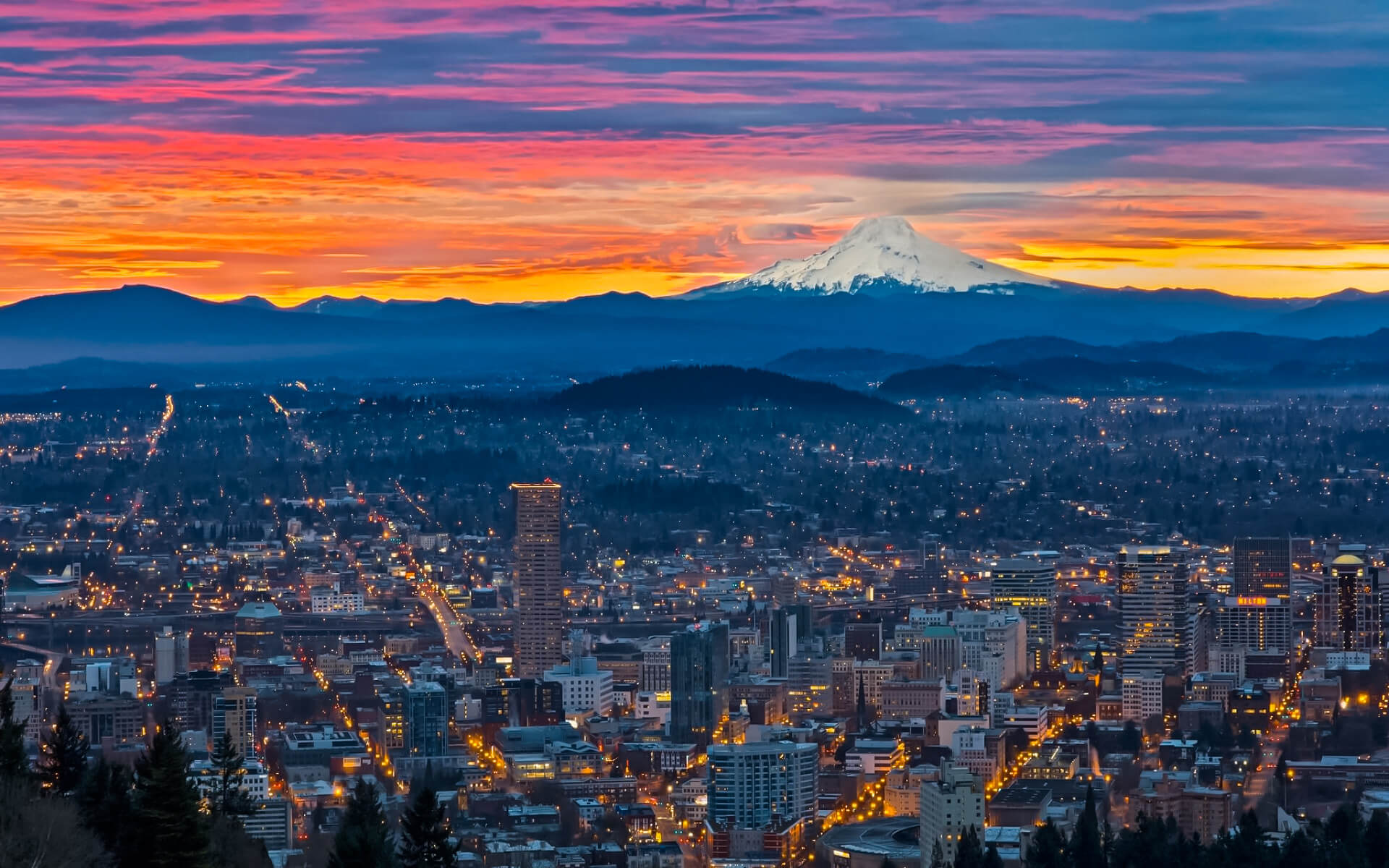Portland is the state capital of Oregon and the county seat of Multnomah County in the United States of America. It is situated in the Pacific Northwest’s Willamette Valley area, near the junction of the Willamette and Columbia rivers. The city encompasses an area of 145 square miles (376 km2) and has an estimated population of 632,309 people in 2015, ranking it 26th in the United States. The Portland metropolitan statistical area (MSA) has a population of about 2,389,228 people, making it the 23rd most populated MSA in the United States. With a population of 3,022,178, its Combined Statistical Area (CSA) is ranked 17th. The Portland metropolitan region is home to around 60% of Oregon’s population.
The Oregon town was called after the city on the Maine coast (itself was named after the English Isle of Portland), and started to populate in the 1830s at the conclusion of the Oregon Trail. Its river connection facilitated the delivery of products, and the city’s early economy was dominated by the lumber sector. By the start of the twentieth century, the city had earned a reputation as one of the world’s most dangerous port towns, a hotbed of organized crime and racketeering. After World War II, the city’s economy saw an industrial boom, and its hard-edged image started to erode. Beginning in the 1960s, Portland developed a reputation for progressive political principles, and the city established a reputation as a stronghold of counterculture, a reputation that has continued into the twenty-first century. Portland is the seventh most popular American city, according to a 2009 Pew Research Center research, in terms of where people wish to reside.
The city is governed by a commission comprised of a mayor and four commissioners, as well as Metro, the country’s first publicly elected metropolitan planning agency. The municipal administration is well-known for its land-use planning and public transit investments. Portland is generally acknowledged as one of the world’s most ecologically aware cities due to its high walkability, significant bicycle culture, farm-to-table cuisine, extensive network of public transit alternatives, and 10,000+ acres of public parks. Summers are mild and dry, while winters are frigid and wet. This environment is perfect for producing roses, and for over a century, Portland has been dubbed the “City of Roses.” “Keep Portland Weird” is the city’s unofficial motto.


